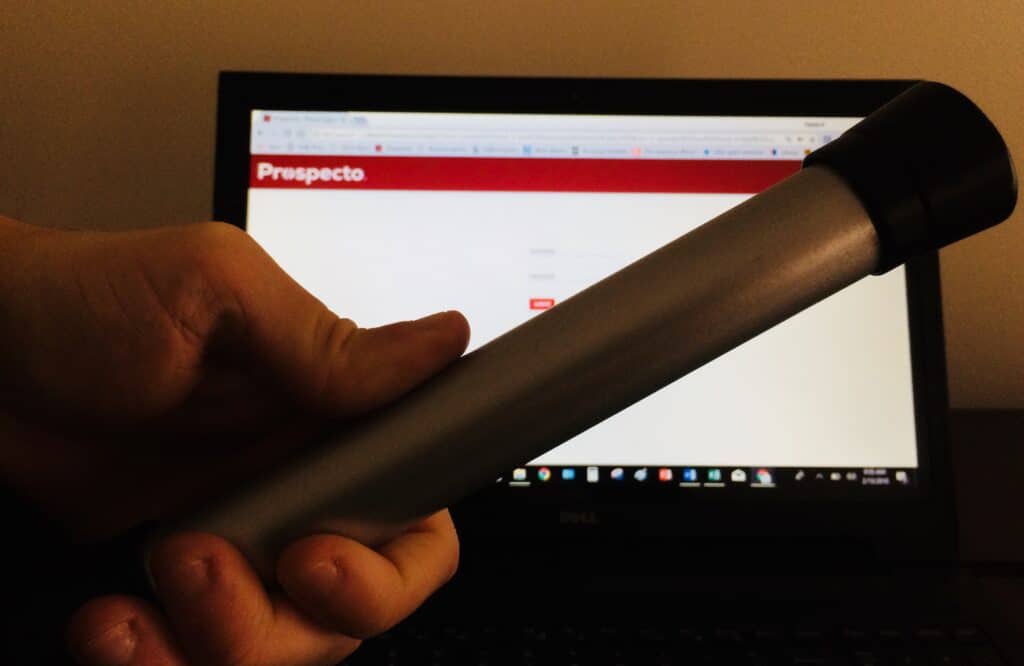Companies have been experimenting with marketing automation for a few years now because indications are that email is a better way to reach your ideal new business customers. Just watch out for a couple problems you’re likely to run into along the way, says PC Magazine: either you’re not confident in the software that you’re using, or you’re using it for self-promotion rather than education.
First, let’s tackle software doubts. You may not feel comfortable using marketing automation because the tools you’ve seen don’t appear to integrate well with your customer relationship management platform. If you already have a lot of data invested in your CRM, you won’t want to spend the time manually copying all of it onto a different system. Even if you did spend that time, you’ll have two versions of each record to track and update, effectively doubling your workload.
Consider using prospecting automation software instead. It will help you manage your initial conversations with new prospects prior to qualifying them as leads in your normal sales cycle. Once qualified, you can then export that data directly into your CRM. While you’re still working with two systems, each focuses on a different segment of your new business development, eliminating any redundancy. Think of it as one system passing the baton to the other.

Second, let’s review the purpose of marketing automation. A lot of people think that the best way to get your name remembered is to do what’s usually done in advertising: show your logo and sell the heck out of your products. Unfortunately, this doesn’t work terribly well when you’re doing it through email. Self-promotion can seem like the right way to go, but it’s counterintuitive. It turns off more people than it attracts, and it can also run the risk of looking like spam.
It’s better if you try to educate your prospects with the email content that you draft, whether it’s about changes in the market, solutions to common problems they’re experiencing, or other kind words of advice. This keeps you on their radar, and shows your value, but doesn’t make them feel pushed to buy from you. While this style of content can serve you well with established leads, it’s also very effective at the prospecting level. If you establish yourself as a dedicated resource with your potential clients early on, the more likely you are to maintain that relevance well past the buying stage.




